Behavior charts are a popular tool used by parents, teachers, and caregivers to encourage positive behavior and discourage negative behavior in children. These charts typically include a list of behaviors that are expected of the child, and a system of rewards and consequences for meeting or not meeting those expectations. In this article, we will explore the benefits of using behavior charts, as well as tips for creating an effective chart and using it effectively.
Table of Contents
Behavior Chart Templates
Behavior chart templates are pre-designed tools that help track and monitor individuals’ behavior, progress, or goals over a specific period of time. These templates provide a visual representation of behavior patterns and can be used in various settings, such as schools, homes, or therapy sessions.
Behavior chart templates typically consist of a table or grid format with columns representing specific behaviors, tasks, or goals, and rows representing time periods, such as days or weeks. Each cell in the chart can be marked or filled in to indicate the individual’s behavior or progress.
Using a behavior chart template allows for systematic observation and documentation of behavior. It provides a clear and organized way to record positive behaviors, areas for improvement, or specific goals that need to be achieved. It can also be a helpful communication tool between parents, teachers, or professionals working with individuals to monitor progress and implement behavior management strategies.
Types of behavior charts

There are several types of behavior charts that can be used to encourage positive behavior in children. Some of the most popular types include:
Star charts
Star charts are simple and easy to use, making them a popular choice for parents and teachers. They typically include a list of behaviors that the child is expected to display, and a section for the child to earn stickers or stars for meeting those expectations. The child can then exchange the stickers or stars for rewards.
Token boards
Token boards are similar to star charts, but instead of stickers or stars, the child earns tokens or points for positive behavior. The tokens can be exchanged for rewards, such as a trip to the park or extra screen time.
Punch cards
Punch cards are another popular type of behavior chart. They include a list of behaviors that the child is expected to display, and a section for the child to earn punches for meeting those expectations. Once the child has earned a certain number of punches, they can exchange the card for a reward.
Behavior clip chart
This type of chart usually has a set of colors or levels, usually starting from green, then yellow and red. The child starts from green and moves up or down the chart depending on their behavior. This chart is popular in classrooms, as it allows the teacher to quickly and easily monitor the behavior of multiple children.
Daily report card
Daily report card is a behavior chart which is used for children with special needs or for children who need more specific and detailed monitoring. It usually includes a section for the child to rate their own behavior, and a section for the parent or teacher to rate the child’s behavior.
Self-monitoring charts
Self-monitoring charts allow children to track and monitor their own behavior. This type of chart often includes a list of behaviors that the child is expected to display, and a section for the child to check off or mark each time they display that behavior.
How to Create a Behavior Chart
Creating a behavior chart is a great way to encourage positive behavior in children. Here are some steps to help you create an effective behavior chart:
Identify the behaviors you want to target: The first step in creating a behavior chart is to identify the behaviors you want to target. This might include things like completing homework, cleaning up after oneself, or using kind words. Make a list of the behaviors you want to target and prioritize them.
Decide on rewards and consequences: Once you’ve identified the behaviors you want to target, decide on rewards and consequences for meeting or not meeting those expectations. Rewards should be positive and motivating, such as extra screen time, a special treat, or a trip to the park. Consequences should be logical and related to the behavior, such as loss of a privilege or extra chores.
Choose a format: There are many different types of behavior charts available, such as star charts, token boards, punch cards, and daily report cards. Choose a format that you think will work best for your child and their individual needs.
Create the chart: Once you’ve chosen a format, create the chart. Use a large piece of paper or a whiteboard and make it visually appealing. Make sure it’s large enough so that it can be easily seen by the child.
Set clear and achievable goals: Set clear and achievable goals for the child. For example, if you’re using a star chart, set a goal for the number of stars the child should earn in a week or a month.
Consistently and fairly enforce rewards and consequences: It’s important to consistently and fairly enforce the rewards and consequences for meeting or not meeting the behaviors. This will help the child understand the expectations and the consequences for their actions.
Review and adjust the chart as needed: Review the chart regularly and make adjustments as needed. If the child is consistently meeting the behaviors, you may need to increase the goals. If the child is not meeting the behaviors, you may need to adjust the rewards and consequences or re-evaluate the chart’s effectiveness.
Make it fun: Make the chart fun for the child. For example, you could use stickers or stamps to mark off the positive behaviors. Or, you could use a different color pen for each behavior so that the child can see how well they are doing.
Involve the child: Involve the child in the process of creating the chart. Ask them for input on the behaviors they should be working on, or let them decorate the chart with stickers.
Communicate with your child regularly: Communicate with your child regularly about their progress, and be sure to praise them for their positive behaviors. This will help them to understand the importance of their actions and to feel motivated to continue working towards their goals.
Tips for Using Behavior Chart Beneficially
Here are some tips for using a behavior chart effectively:
Keep the chart simple
Make sure the chart is simple and easy to understand. Avoid using too many behaviors or making the chart too complicated, as this can be overwhelming for the child.
Set clear and achievable goals
Set clear and achievable goals for the child. For example, if you’re using a star chart, set a goal for the number of stars the child should earn in a week or a month.
Consistently and fairly enforce rewards and consequences
It’s important to consistently and fairly enforce the rewards and consequences for meeting or not meeting the behaviors. This will help the child understand the expectations and the consequences for their actions.
Review and adjust the chart as needed
Review the chart regularly and make adjustments as needed. If the child is consistently meeting the behaviors, you may need to increase the goals. If the child is not meeting the behaviors, you may need to adjust the rewards and consequences or re-evaluate the chart’s effectiveness.
Make it fun
Make the chart fun for the child. For example, you could use stickers or stamps to mark off the positive behaviors. Or, you could use a different color pen for each behavior so that the child can see how well they are doing.
Involve the child
Involve the child in the process of creating the chart. Ask them for input on the behaviors they should be working on, or let them decorate the chart with stickers.
Communicate with your child regularly
Communicate with your child regularly about their progress, and be sure to praise them for their positive behaviors. This will help them to understand the importance of their actions and to feel motivated to continue working towards their goals.
Use the chart as a tool for open communication
Use the chart as a tool for open communication between parents, teachers and caregivers. Discuss the child’s progress, praise positive behavior and address negative behavior in a constructive manner.
Be aware of underlying causes
If a child is consistently struggling with certain behaviors, it is important to be aware of underlying causes such as stress, anxiety or other emotional issues, and address them accordingly.
Don’t rely solely on the chart
Remember that behavior charts should not be the only way to address behavior issues, it should be part of a more comprehensive approach that includes positive reinforcement, open communication and addressing underlying causes of negative behavior.
FAQs
Is it okay to take away privileges as a consequence for negative behavior?
Yes, taking away privileges can be an effective consequence for negative behavior as long as it is logical and related to the behavior. It is important that the consequences are appropriate, consistent and clearly communicated.
How often should I review and adjust the chart?
It depends on the child’s progress and behavior. It is best to review the chart regularly, for example, once a week, and make adjustments as needed.
Can behavior charts be used for children with special needs?
Yes, behavior charts can be used for children with special needs. However, it is important to keep in mind that these children may need more specific and detailed monitoring, and the chart should be tailored to their individual needs.
How long should a behavior chart be used?
The length of time a behavior chart should be used depends on the child’s progress and behavior. It is important to review the chart regularly and make adjustments as needed. The goal is for the child to learn and internalize the positive behaviors, thus the chart can be phased out over time.
What should I do if the behavior chart is not working for my child?
If the behavior chart is not working for your child, it may be necessary to re-evaluate the chart’s effectiveness and make adjustments. This could include revising the behaviors you’re targeting, re-evaluating the rewards and consequences, or changing the format of the chart. It may also be helpful to consult with a professional, such as a child psychologist or behavior specialist, to get additional guidance and support.
Can behavior charts be used for children of all ages?
Behavior charts can be used for children of all ages, but the format and expectations may need to be adjusted based on the child’s age and developmental stage. For example, a behavior chart for a toddler may be different from a chart for a teenager.
Should rewards be given immediately after positive behavior is displayed?
It is best to give rewards immediately after positive behavior is displayed, as it helps the child understand the relationship between their behavior and the reward. However, it is also important to consider the logistics of the reward and make sure it is appropriate. For example, if the reward is a trip to the park, it may not be possible to give it immediately.
Should the chart be visible to the child?
Yes, it is best to make the chart visible to the child so that they can see their progress and understand the expectations. This could be done by placing the chart on the fridge or in a common area where the child can see it.
How can I involve my child in the process of creating the behavior chart?
You can involve your child in the process of creating the behavior chart by asking them for input on the behaviors they should be working on, or by letting them decorate the chart with stickers. You could also get their input on rewards and consequences, and ask them what types of activities they would like to do as rewards.
Should behavior charts be used in conjunction with other parenting techniques?
Yes, behavior charts should be used in conjunction with other parenting techniques, such as positive reinforcement, open communication and addressing underlying causes of negative behavior. This will provide a more comprehensive approach to addressing behavior issues and promoting positive behavior in children.


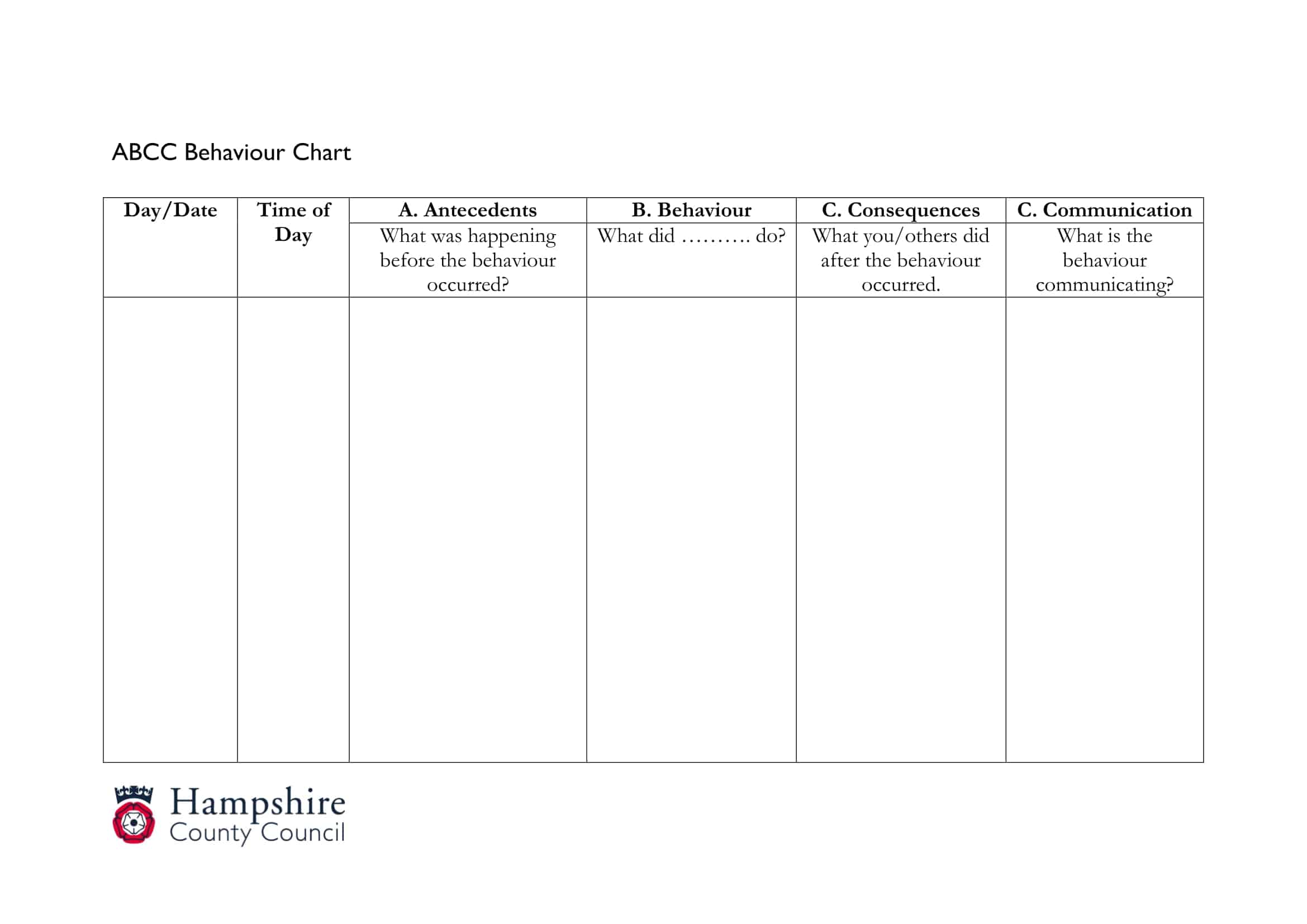



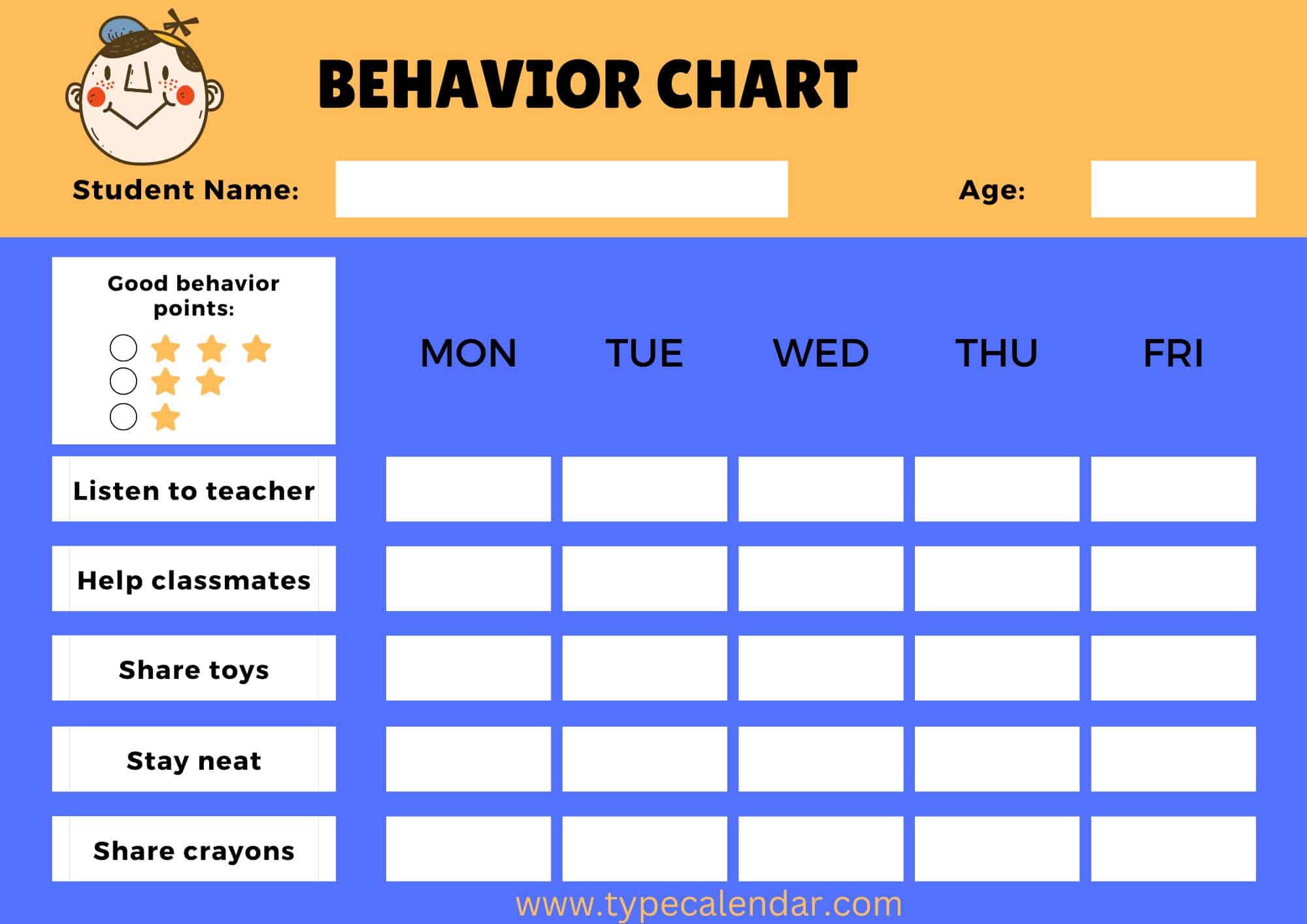







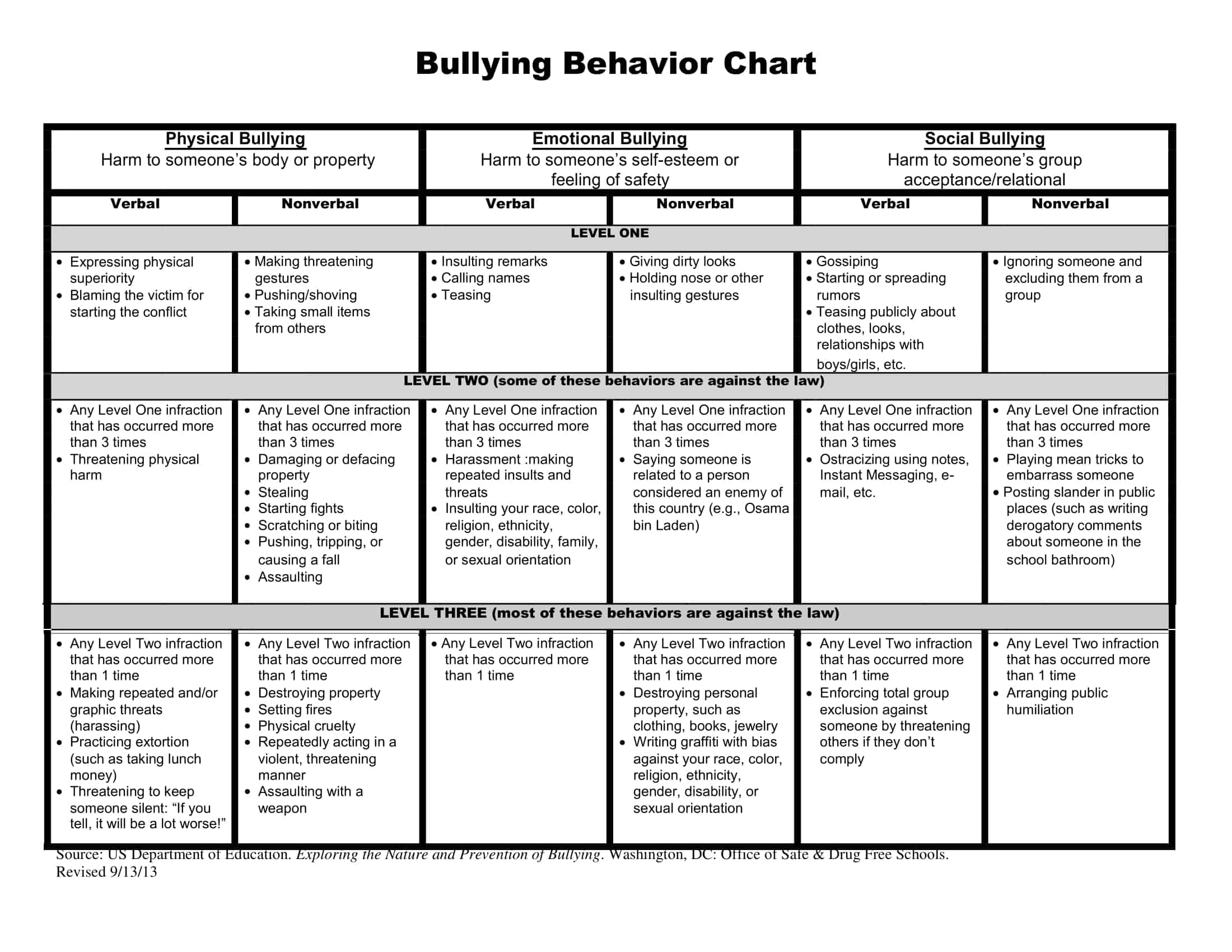












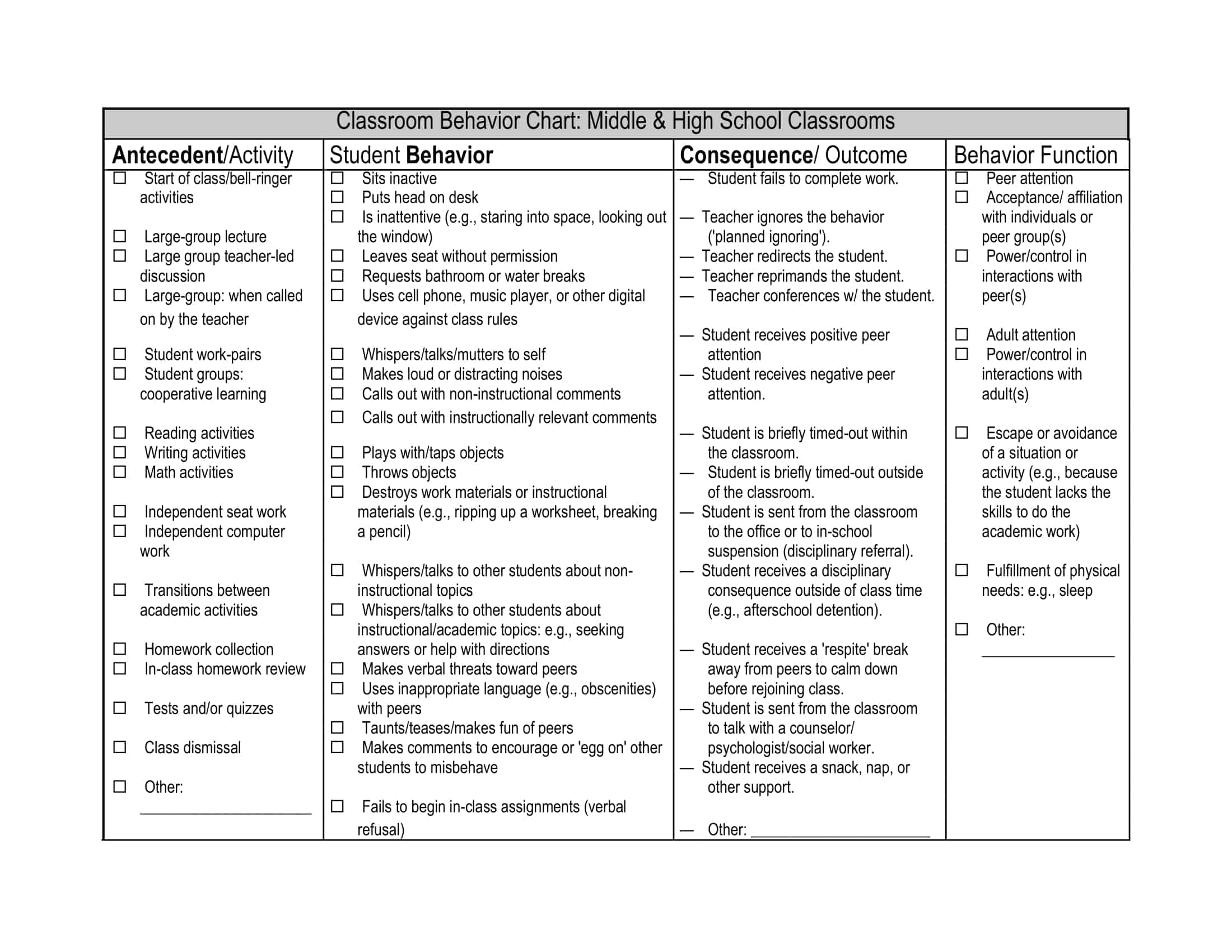
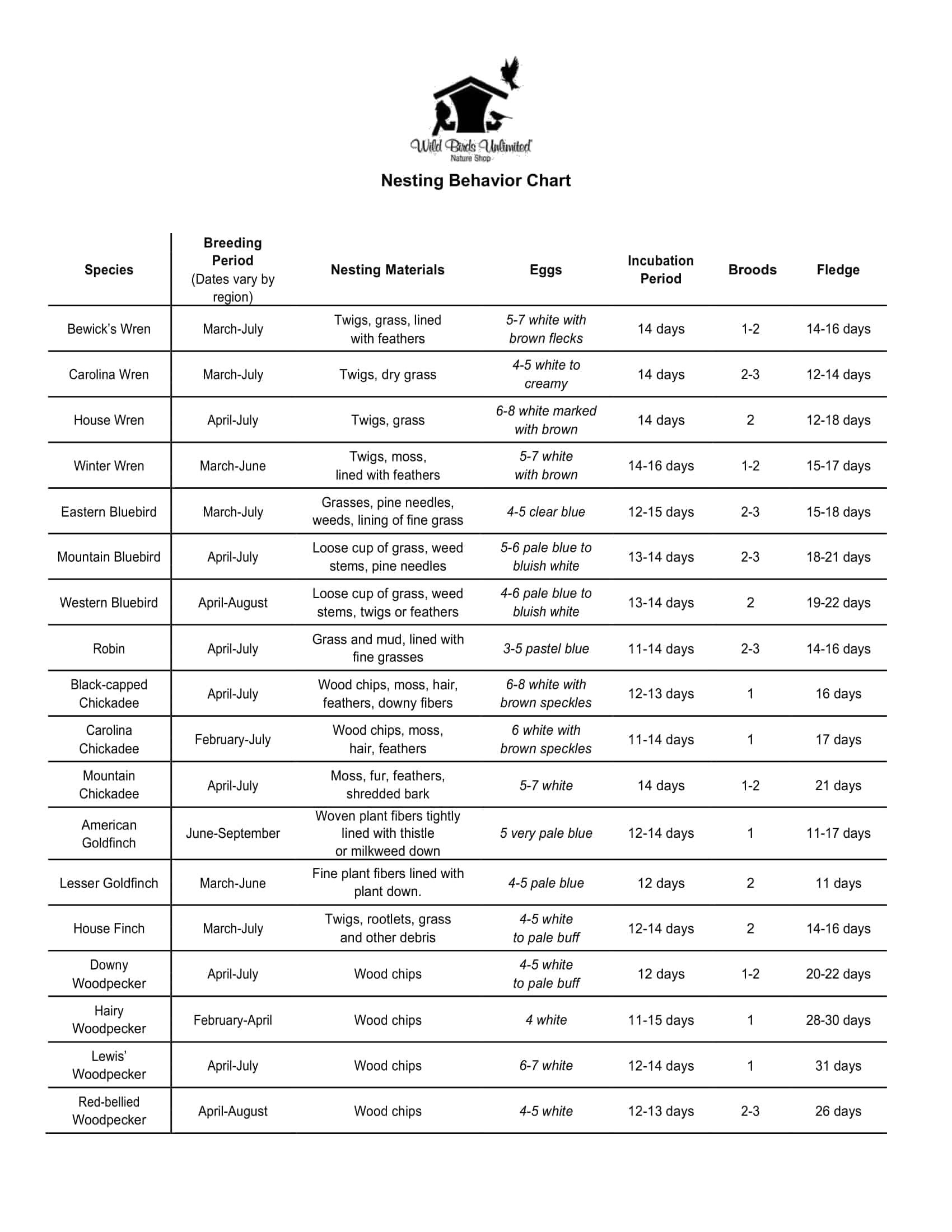
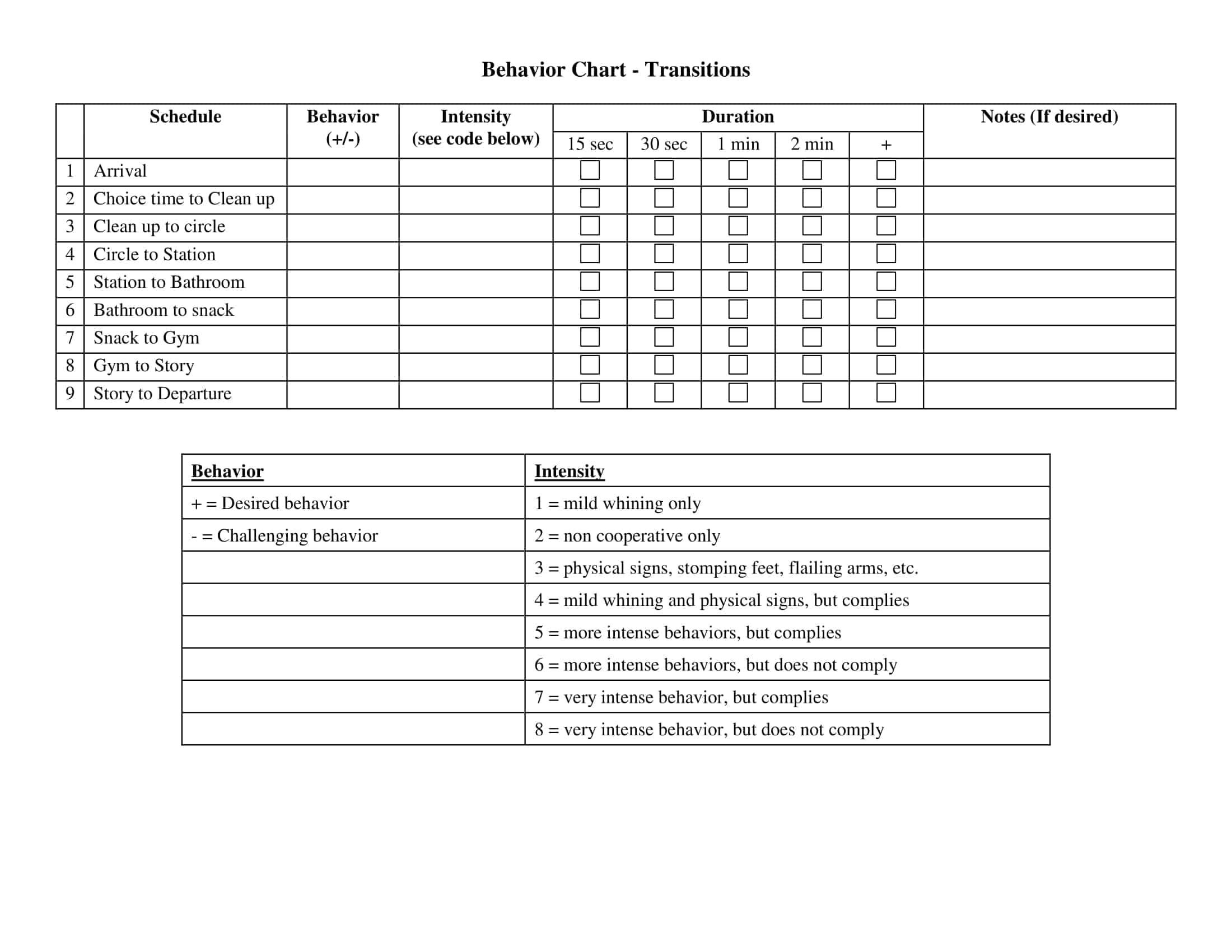














![Free Printable Credit Card Authorization Form Templates [PDF, Word, Excel] 1 Credit Card Authorization Form](https://www.typecalendar.com/wp-content/uploads/2023/06/Credit-Card-Authorization-Form-150x150.jpg)
![Free Printable Stock Ledger Templates [Excel,PDF, Word] 2 Stock Ledger](https://www.typecalendar.com/wp-content/uploads/2023/08/Stock-Ledger-150x150.jpg)
![Free Printable Pie Chart Templates [Excel, PDF, Word] Maker 3 Pie Chart](https://www.typecalendar.com/wp-content/uploads/2023/06/Pie-Chart-150x150.jpg 150w, https://www.typecalendar.com/wp-content/uploads/2023/06/Pie-Chart-1200x1200.jpg 1200w)
